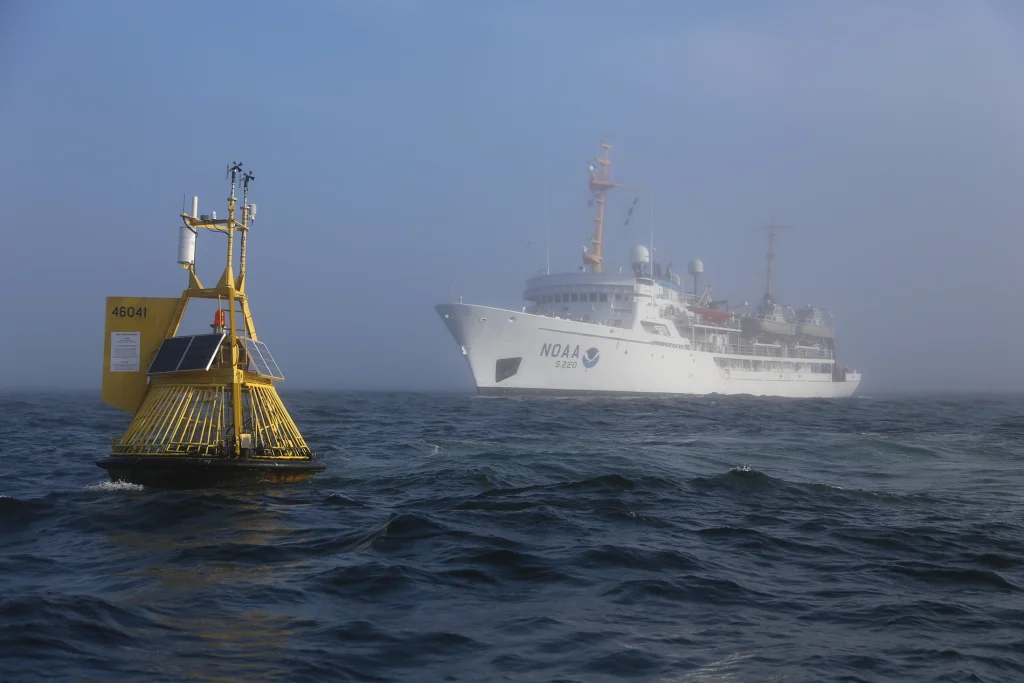Applications Accepted until 11/19/2024
This position is located in the National Oceanic and Atmospheric Administration (NOAA), Oceanic and Atmospheric Research (OAR), Ocean Acidification Program (OAP) with one vacancy in Silver Spring, MD.
As a Physical Scientist, you will perform the following duties:
- Serve as technical expert for emerging technologies including sensors and unmanned system. Lead strategic planning for observing system. Provide management oversight of the Ocean Acidification Program (OAP) sponsored observing portfolio, performing scientific work of unusual difficulty, exercising independent judgment.
- Manage the planning and facilitation of various observing system logistical planning. Track and facilitate operations and data management for OAP’s observing network including fixed, underway, and uncrewed program sponsored assets. Employ mastery scientific knowledge to analyze, synthesize, and report information to assess the program’s ocean observing network.
- Lead and facilitate planning and coordination of regional ocean acidification research missions, including assisting Chief Scientist with securing country clearances and meeting logistical requirements involved in staging, execution, and de-staging operations. Function as a technical expert to represent OAP at various working groups related to ocean observing and data management. Conduct briefings to senior staff and facilitates and/or participates in OAP meetings, reviews, professional meetings with stakeholders, and other activities.
- Serve as designated program vessel coordinator and Office of Marine and Aviation Operations liaison to ensure timely and accurate submission of ship time requests in support of program mission requirements. Serve as escort for foreign nationals on research vessels. Use technical expertise to assess vessel and scientific needs for research missions. Support communications about at-sea operations and associated technology development. Act as the designated program liaison to the science team including with respect to Sexual Assault and Sexual Harassment Prevention.
NOTE: The duties described are at the full performance level of the ZP-4 grade; the ZP-3 is developmental leading to such performance.
Click the button below to view the requirements and apply for this position.








